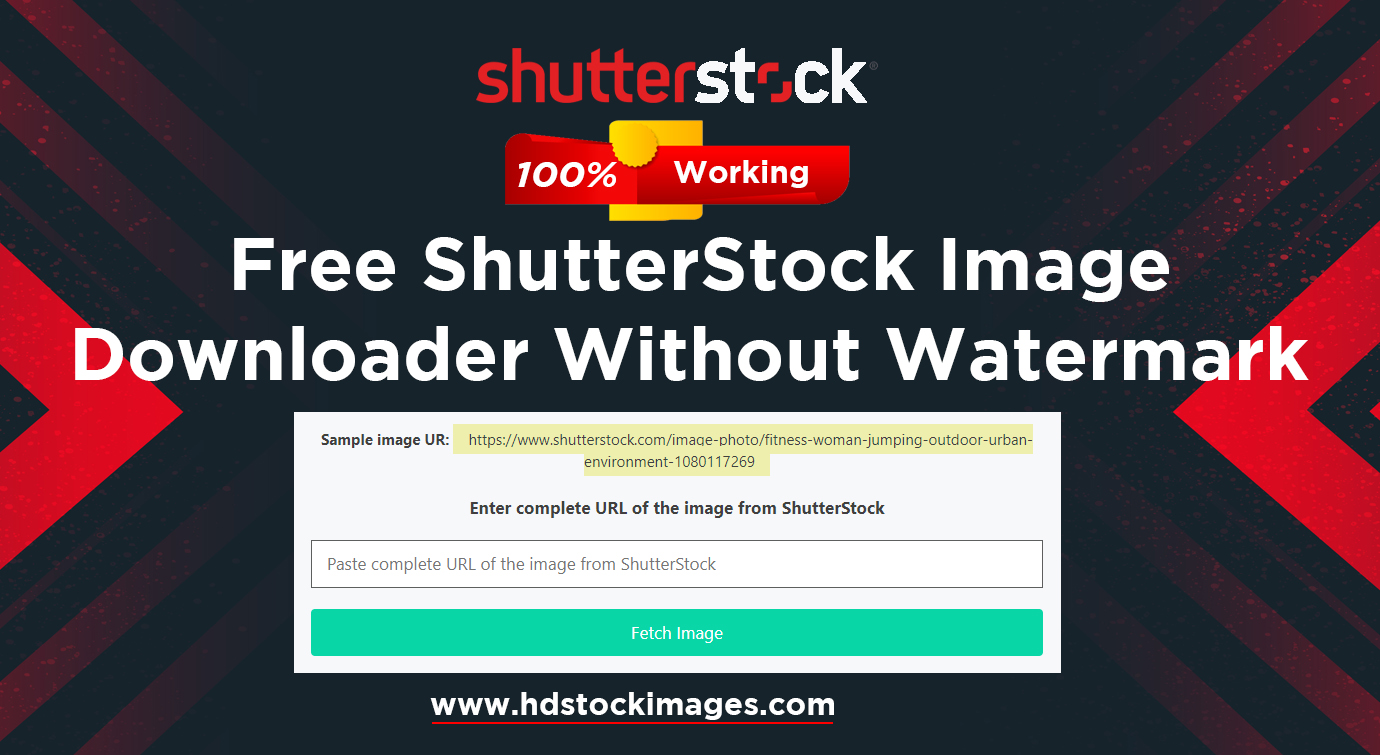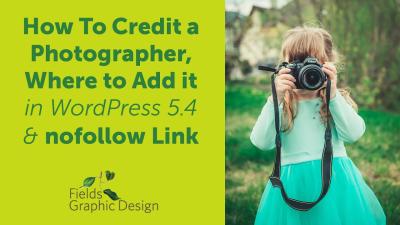Looking to spice up your projects with stunning images? Shutterstock offers a vast library of high-quality photos, but buying every image can add up quickly. Luckily, there are ways to access Shutterstock images for free—legally and safely! In this guide, we’ll explore legit methods to find and use
Understanding Shutterstock’s Licensing and Usage Policies
Before you start downloading images from Shutterstock, it’s super important to get a clear picture of their licensing and usage policies. Shutterstock offers different types of licenses, mainly Standard and Enhanced, each with its own rules about how images can be used. Knowing these details helps you stay within legal boundaries and avoid any copyright issues.
Standard License is the most common and suitable for most personal and commercial projects. It allows you to use images for things like websites, social media, presentations, and marketing materials. However, there are limitations:
- Maximum of 500,000 copies or views
- Cannot be used for merchandise, posters, or products for resale
- No use in templates that are resold or shared
Enhanced License is more flexible and designed for high-volume or product-related uses, such as apparel, merchandise, or templates for resale. It also allows unlimited copies and views, but it comes at a higher cost.
It’s crucial to understand that even with a Standard License, you can’t:
- Use images in a way that suggests endorsement by the model or subject
- Resell the images as standalone files
- Use images in defamatory, illegal, or inappropriate ways
When using Shutterstock images, always check the licensing agreement attached to each image. If you’re unsure whether your intended use is covered, it’s better to consult Shutterstock‘s licensing FAQ or contact their support. Remember, violating license terms can lead to legal trouble, so respecting these policies isn’t just ethical—it’s essential for protecting your work and reputation.
In some cases, Shutterstock offers free images through special promotions or their free image collection. These are typically licensed for specific uses, so review the terms carefully before downloading. By understanding their licensing policies, you ensure you’re using images legally, safely, and ethically—saving yourself headaches down the line.
Legal Ways to Access Shutterstock Images at No Cost
It’s understandable to want high-quality images without breaking the bank, but it’s super important to do so legally. Luckily, Shutterstock offers several legit ways to access their images for free, or at least without risking copyright issues. Let’s explore some of these options so you can get the visuals you need without any worries.
1. Shutterstock’s Free Trial
One of the easiest ways to access Shutterstock images legally and at no cost is by signing up for their free trial. Typically, they offer a trial period—say, 30 days—where you can download a certain number of images for free. Just keep in mind:
- Read the terms carefully—sometimes, there are limits on the number of downloads or image sizes.
- Cancel before the trial ends if you don’t want to be billed.
- Use the images within the trial period to avoid any licensing issues.
2. Shutterstock’s Free Image Collection
Every month, Shutterstock releases a selection of free images that you can download and use legally. These images are cleared for personal and commercial use, provided you adhere to their licensing terms. To access these:
- Visit the Shutterstock Free Images page.
- Register for a free account if you haven’t already.
- Download the images directly from their website—no purchase needed.
3. Contributor Promotions and Giveaways
Sometimes, Shutterstock contributors or partner websites run promotions or giveaways, offering free downloads of their best images. These are often limited-time offers, so it pays to keep an eye on:
- Contributor blogs or social media pages.
- Special promotion pages on Shutterstock or affiliated sites.
Always verify that the free downloads are legally licensed for your intended use—some may be for personal use only, so check the licensing details carefully.
4. Educational and Nonprofit Access
If you’re part of an educational institution or nonprofit organization, Shutterstock sometimes offers special programs or discounts, including free images for educational or charitable projects. Reach out to their support team or check their website for eligibility and application procedures.
Remember, the key to all of these methods is to ensure that you’re downloading images through official channels and respecting the licensing agreements. Doing so not only keeps you on the right side of copyright law but also supports the hardworking photographers and artists behind those stunning visuals.
Using Free Stock Image Alternatives to Shutterstock
If you’re looking for free images but want to avoid the complexities of licensing or subscription plans, there are plenty of excellent stock image websites that offer high-quality visuals at no cost. These platforms are a fantastic resource for bloggers, small business owners, educators, and anyone needing images without the hefty price tag. Let’s go over some of the top free stock image sites and how to make the most of them.
Popular Free Stock Image Websites:
| Website | Highlights | Link |
|---|---|---|
| Unsplash | Hundreds of thousands of high-res photos contributed by photographers worldwide. No attribution required, but appreciated. | unsplash.com |
| Pexels | Wide variety of images and videos. All free for personal and commercial use with no attribution needed. | pexels.com |
| Pixabay | Over 1.7 million images, videos, and music tracks. Content is released under Creative Commons Zero (CC0), so free to use. | pixabay.com |
| Gratisography | Unique, quirky photos that stand out. Perfect for creative projects looking for something different. | gratisography.com |
Tips for Using Free Stock Images:
- Check the license: Even on free sites, make sure the images are free for your intended use, especially for commercial projects.
- Give credit: While most free sites don’t require attribution, it’s always nice to credit the photographer when possible.
- Download in high resolution: Opt for the highest quality version to keep your visuals sharp and professional-looking.
- Customize when needed: Use photo editing tools to crop, add text, or tweak images to better fit your project’s style.
Switching to these free alternatives not only saves you money but also expands your creative options. They’re especially handy when you need a quick, reliable image and don’t want the hassle of licensing issues often associated with paid stock sites. Just remember to respect each platform’s terms, and you’ll be good to go!
Tips for Finding Free High-Quality Images Online
Searching for free, high-quality images can sometimes feel like looking for a needle in a haystack. But don’t worry—there are smart ways to make your search more effective and ensure you’re getting the best images without risking copyright issues. Here are some handy tips:
Use Reputable Websites
Start with trusted platforms that offer free images legally. Some popular options include Unsplash, Pexels, and Pixabay. These sites curate their collections carefully, so you can confidently download images knowing they are free for commercial and personal use.
Leverage Advanced Search Filters
Many image sites let you filter results by orientation, size, color, and even license type. Use these tools to narrow down your options and find images that perfectly fit your project’s needs without wasting time.
Check the License Details
Even on free image sites, licenses can vary. Always read the license terms—some images are free to use with attribution, while others are completely royalty-free. Understanding these details helps you stay legal and respectful of creators.
Search Using Specific Keywords
Be descriptive with your search terms. Instead of just searching for “nature,” try phrases like “beautiful mountain landscape” or “close-up of wildflowers.” More precise keywords help you find high-quality images that match your vision more closely.
Stay Updated with New Releases
Follow your favorite free image sites and subscribe to their newsletters or social media channels. They often announce new collections or featured images, giving you fresh content to work with.
Utilize Image Collections and Curated Galleries
Many sites organize images into themed collections or curated galleries. These are great for discovering high-quality images around specific topics, saving you time and effort in your search.
Respect the Artists and Creators
Finally, even when images are free, giving credit when possible is a kind and ethical practice. It helps support the community of creators who generously share their work and encourages more quality content to be shared freely.
Conclusion and Best Practices for Image Use
Using images legally and safely is essential, whether you’re creating content for a blog, social media, or your business projects. Remember, the goal is to enhance your work without infringing on someone else’s rights. Here are some key takeaways to keep in mind:
- Always check the license: Even free images can have restrictions. Make sure you understand whether attribution is required or if there are any limitations on commercial use.
- Use reputable sources: Stick to well-known free image websites like Unsplash, Pexels, and Pixabay to minimize risks.
- Give credit when needed: If the license asks for attribution, be sure to credit the creator properly. This fosters good relationships and supports artists.
- Avoid copyright infringement: Never download images from unverified sources or use copyrighted images without permission—this can lead to legal trouble.
- Optimize images for your platform: Resize and compress images to ensure they load quickly and look good on your website or social media channels.
- Keep organized records: Save copies of licensing agreements or source links for future reference, especially if your project requires proof of authorized use.
By following these best practices, you can confidently incorporate beautiful, high-quality images into your projects without worry. Remember, quality visuals not only make your content more engaging but also help build trust with your audience. Happy searching, and always stay respectful of creators’ rights!



